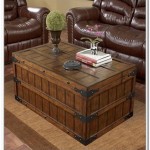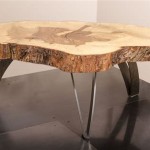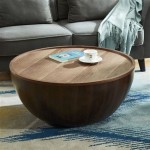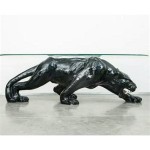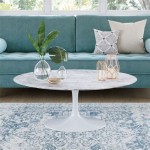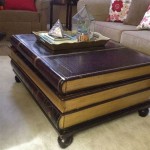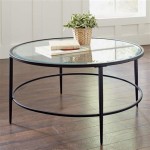Can You Paint a Glass Dining Table?
Painting a glass dining table can dramatically change its aesthetic, offering a way to refresh a dated piece or integrate it into a new decor scheme. However, the process is more complex than painting a wooden or metal table due to the smooth, non-porous nature of glass. Proper preparation and the right materials are crucial for a successful and durable finish.
Choosing the Right Paint
Standard paints designed for wood or metal typically won't adhere well to glass. For a lasting finish, specialized paints formulated for glass or smooth surfaces are necessary. Several options are available:
Epoxy-based paints: These paints offer excellent adhesion and durability, making them suitable for high-traffic areas like dining tables. They are also resistant to chipping and scratching. Epoxy paints often require a two-part mixing process and necessitate careful ventilation during application.
Acrylic enamel paints: These paints are readily available and provide a good balance of durability and ease of use. Look for acrylic enamels specifically designed for glass or tile. They offer a hard, glossy finish that resists wear and tear.
Specialty glass paints: Craft stores offer a range of paints designed for decorative glass projects. These paints often come in a wider array of colors and finishes, including frosted, stained glass, and metallic effects. While suitable for lighter use, they may not be as durable as epoxy or acrylic enamel paints for a dining table surface.
Preparing the Glass Surface
Proper surface preparation is essential for paint adhesion. Even with specialized glass paints, inadequate preparation can lead to peeling and chipping. The following steps are crucial:
Cleaning: Thoroughly clean the glass surface with a glass cleaner and a lint-free cloth to remove any grease, fingerprints, or dust. Any residue can interfere with the paint's ability to bond with the glass.
Deglossing: The smooth surface of glass inherently hinders paint adhesion. Lightly sanding the glass with fine-grit sandpaper (around 220-grit) helps create a slightly textured surface that promotes better bonding. Alternatively, a deglossing agent specifically designed for glass can be used.
Priming: While some glass paints claim to be self-priming, using a dedicated glass primer enhances adhesion and ensures a more even finish, particularly with lighter colors. Apply a thin, even coat of primer according to the manufacturer's instructions.
Applying the Paint
Once the glass surface is properly prepared and primed, the painting process can begin. Consider the following tips for a smooth and even finish:
Thin coats: Apply multiple thin coats of paint rather than one thick coat. Thin coats dry more evenly and reduce the risk of drips and runs. Allow each coat to dry completely before applying the next.
Brush or spray: Both brush application and spray painting can be used for glass tables. Brushes offer more control for intricate designs, while spray painting provides a smoother, more even finish for larger, solid surfaces.
Sealing (optional): For added protection, especially for tabletops that will see frequent use, consider applying a clear sealant over the painted surface. This helps protect the paint from scratches, spills, and general wear and tear. Choose a sealant that is compatible with the type of paint used.
Considering Alternatives
While painting is a viable option, other methods can achieve a similar visual transformation without directly painting the glass. These alternatives include:
Back-painting: Instead of painting the top surface, consider painting the underside of the glass. This preserves the smooth glass surface and offers a unique aesthetic, particularly with translucent or frosted glass.
Vinyl films: Decorative vinyl films are available in a wide array of colors and patterns. These films can be applied directly to the glass and offer a less permanent solution than paint.
Frosted glass spray: Frosted glass spray creates a translucent, etched effect on the glass surface, offering a more subtle change than painting.
Ultimately, the best approach depends on the desired aesthetic, budget, and the level of durability required. Careful consideration of these factors will ensure a successful transformation of your glass dining table.

Painting A Glass Table Top Dining

Painting A Glass Table Top Redo

Coloured Table Glass Black White Or Ral Specific Colours

How To Paint A Glass Table Top Hometalk
Tips For Painting A Dining Room Table Beautiful Mess

Custom Glass Table Tops By Sans Soucie Art Studios

How To Paint A Laminate Kitchen Table Confessions Of Serial Do It Yourselfer

How To Paint Under A Glass Tabletop Gorgeous Verre Eglomise Diy Pattern Table Top

China 8 12mm Back Painted Glass Dining Table Screen Printing Tabletops Toughened Tops Made In Com

Diy Painted Dining Table Simply Gloria
Related Posts

